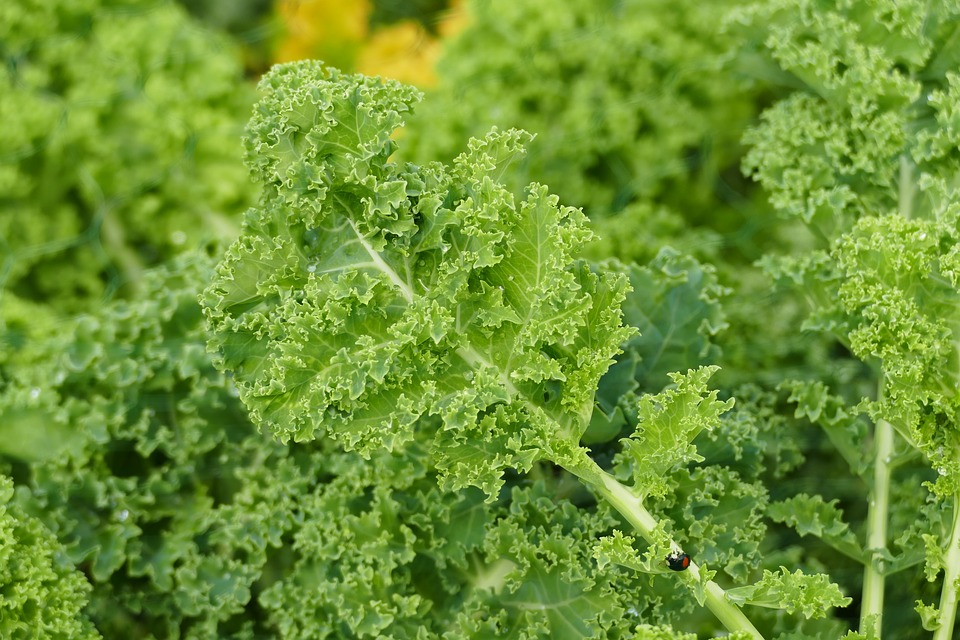- We can also see chlorophyll (or a lack thereof) when we make our compost piles. The browns, oranges, and reds of fall leaves are the colors “underneath” that are revealed after the chlorophyll (green) dies in the autumn leaves. We use these brown leaves to help make the perfect compost pile.





